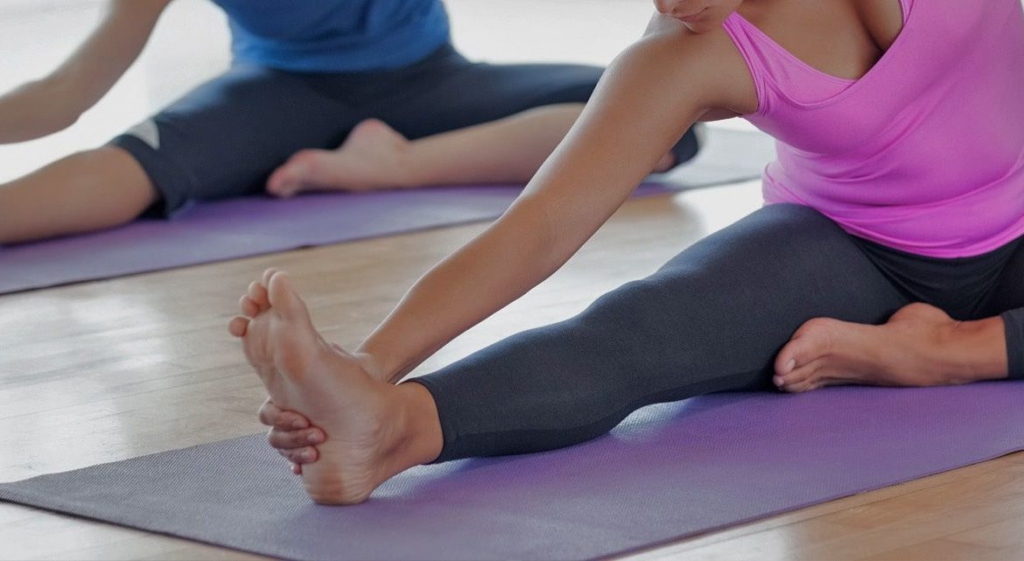The hamstrings are a group of three muscles located on the back of the thigh. They originate from the bottom of the pelvis, and insert just below the knee. Due to their anatomical orientation, they act as powerful extensors of the hip, and flexors of the knee.
The hamstrings play a major role in keeping us upright, and are therefore under constant stress as long as we’re on our feet. This constant low-level contraction may cause increased muscle tone in the hamstrings even when they are at rest. Along with this tendency to become hypertonic, the hamstrings also compensate for weak glute muscles, also extensors of the hip. Prolonged sitting, especially with poor posture, can lead to glute and low-back weakness. This combination of low-back and glute weakness, paired with hypertonic hamstrings, leads to a posterior pelvic tilt, which significantly increases the chance of low-back injury.
Since the hamstrings cross two joints, stretching them can prove challenging. Many people associate a feeling of burning down the entire length of their leg with a good stretch, but in reality this burning is caused by the sciatic nerve being stressed. In order to effectively stretch the hamstring, the low back must remain straight and the knee slightly bent. By further initiating a forward pelvic tilt, more stress is placed on the hamstring to lengthen. The feeling should be localized to the back of the thigh, and should be absent of sharpness or burning.
Experiencing difficulty with form, flexibility, and ranges of motion? Book a physiotherapy assessment.

